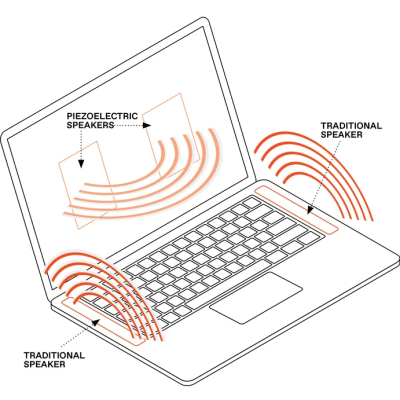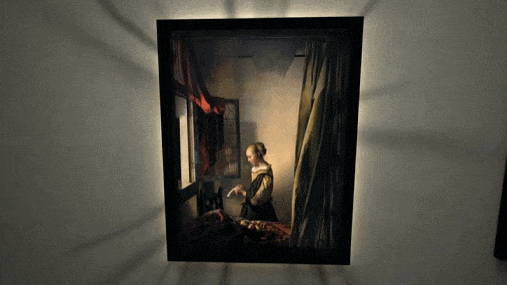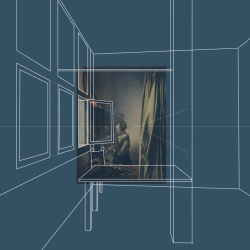Will piezoelectric-based speakers replace traditional speakers over the coming years in space-constrained devices? We have definitely seen the use of piezo transducers in e.g. high-end televisions that use the display’s surface not just for the visual content, but also as a highly dynamic speaker. If you extrapolate this principle to something like smartphones, tablets and laptops the advantages are clear: piezoelectric transducers are smaller, more power efficient and do not need any holes in the enclosure. These and other advantages are what [Vineet Ganju] argues in IEEE Spectrum will push the market to adopt this new technology.

[Vineet] is the Vice President and General Manager of the audio business unit of Synaptics — which is one of the companies pushing for these piezoelectric transducers to be used for speaker purposes — so there is definitely some bias involved. Even so, it’s undeniable that the speakers in portable devices as well as the average flat panel TV aren’t exactly amazing, with the limited space meaning that audio quality suffers, with lows being generally absent and the resulting audio sounding ‘tinny’. Generally this is where people get external speakers for their TV, and lug portable speakers along with their laptop and other mobile devices.
For TVs, Sony has pushed for its Acoustic Surface Audio technology that uses two or three piezoelectric transducers on their OLED panels, while Samsung sticks to traditional speakers, but places lots of them around the screen with its Object Tracking Sound technology.
Sony’s technology cannot be used with LCD panels, due to the backlight being in the way, so the interesting question here is whether the piezoelectric speaker revolution proposed by [Vineet] will be limited to devices that use OLED or similar backlight-less displays?














